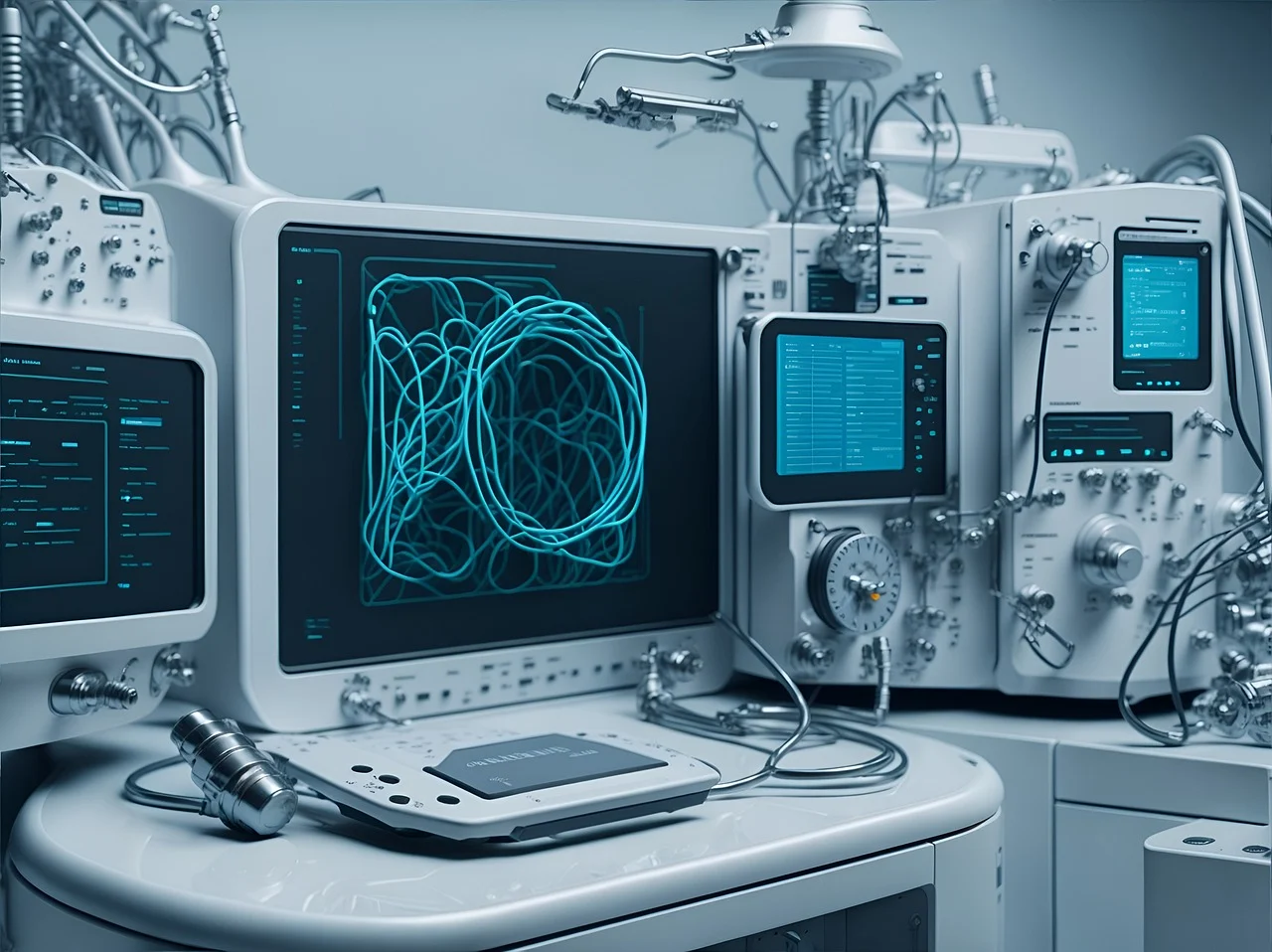Researchers at Delft University of Technology have created a drone that flies autonomously using neuromorphic image processing and control inspired by animal brains. This technology allows the drone to process data faster and consume less energy compared to traditional deep neural networks running on GPUs. The potential for drones to become as small, agile, and smart as flying insects or birds is within reach thanks to this breakthrough, as reported in Science Robotics.
Current AI relies on deep neural networks that demand significant computing power, especially when running on GPUs. However, animal brains process information differently, utilizing sparse processing through electrical pulses called spikes. This has led to the development of neuromorphic processors that can run spiking neural networks faster and more efficiently.
The use of neuromorphic sensors, such as neuromorphic cameras, further enhances energy efficiency by perceiving motion quickly and functioning well in various environments. When combined with neuromorphic processors, these sensors can enable autonomous robots, especially small drones, to operate more effectively.
In a groundbreaking study published in Science Robotics, researchers from Delft University of Technology demonstrate the first drone using neuromorphic vision and control for autonomous flight. By deploying a spiking neural network on Intel’s Loihi neuromorphic research chip, the drone can perceive and control its motion in all directions.
The energy efficiency and speed of neuromorphic AI are evident in the drone’s performance, running significantly faster and consuming less power compared to traditional embedded GPUs. This advancement paves the way for future applications of neuromorphic AI in tiny autonomous robots, enhancing their intelligence and capabilities for various tasks.
Professor Guido de Croon emphasizes the importance of neuromorphic AI for tiny autonomous drones, highlighting their potential applications in agriculture and warehouse management. Further development of this technology is crucial for scaling down hardware and expanding capabilities for navigation and complex tasks.





















